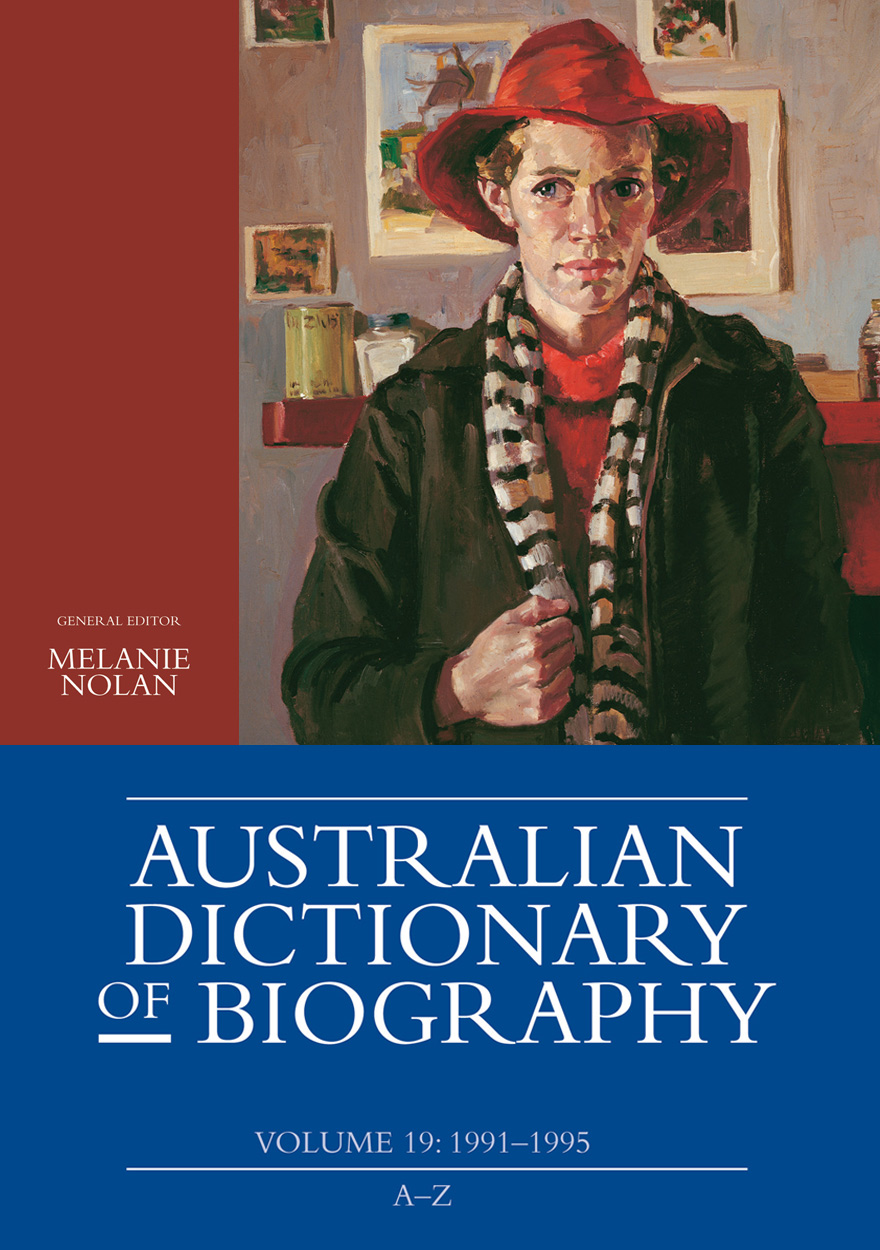Australian Dictionary of Biography
Since 1962 the Australian Dictionary of Biography has been prepared by its staff in the Research School of Social Sciences at The Australian National University. It provides concise, informative and fascinating descriptions of significant and representative men and women of this country, who contributed their vision and energies to a growing nation. Each entry is prepared by a leading scholar who provides their research voluntarily. Over 4,500 authors have contributed to its 13,500 entries over six decades. As such, it is the largest and longest-running project of national collaboration of social scientists in Australia. The subjects themselves come from all walks of life—from premiers, generals and bishops, through to artists, actors and authors, farmers, engineers and schoolteachers, to prostitutes, thieves and murderers—providing a cross-section of Australian society. Current revision projects are increasing the proportion of Indigenous, female, convict and working-class entries. This stunning cumulative, cooperative and collective work continues to be a valuable and popular reference tool in print and online, free to download.
As Professor the Hon Gareth Evans AC QC, former Chancellor, The Australian National University, stated, ‘The Australian Dictionary of Biography captures the life and times and culture of this country in an absolutely distinctive and irreplaceable way. It is the indispensable record of who we are, and of the characters who have made us what we are. I could not be prouder of the ANU’s continuing role as custodian of this crucial part of our national legacy.’
Please note: The following list of titles is sorted by publication date, with the most recent first.
Displaying results 1 to 1 of 1.




